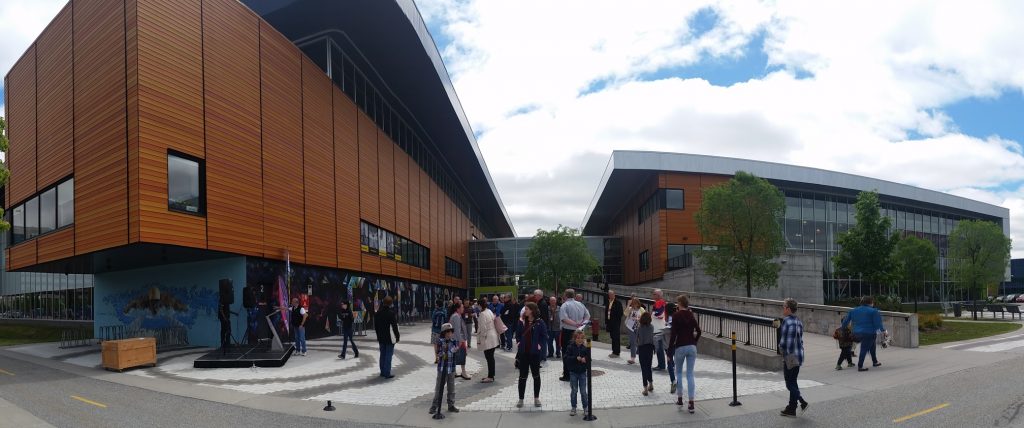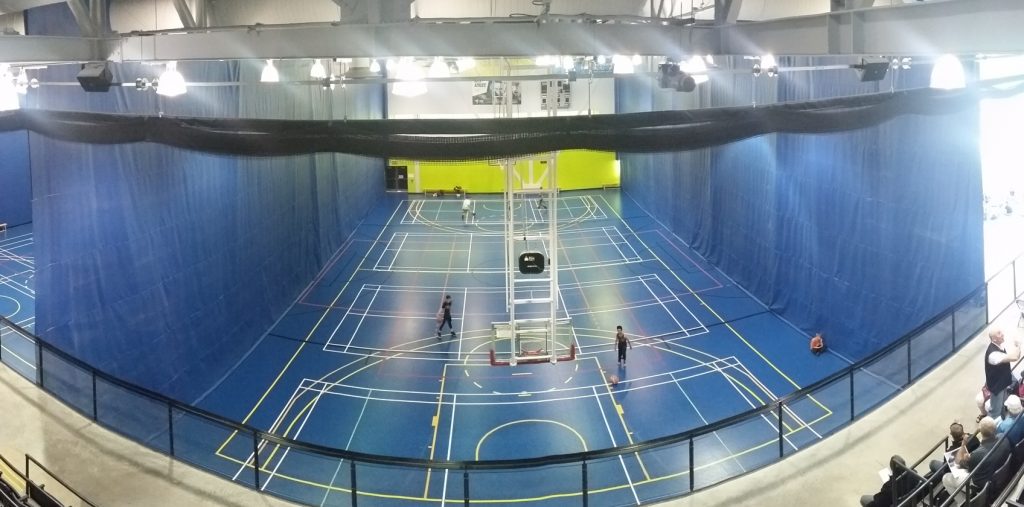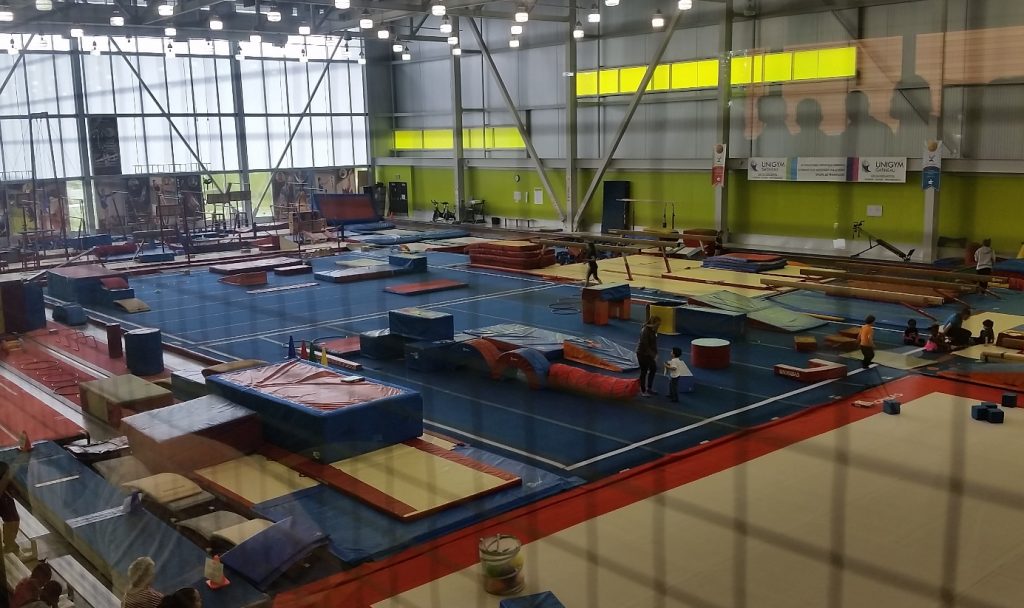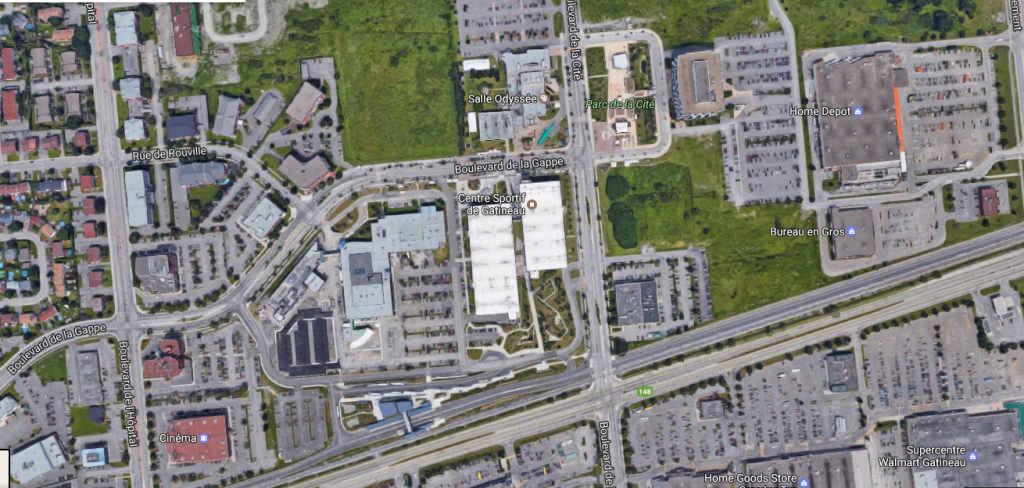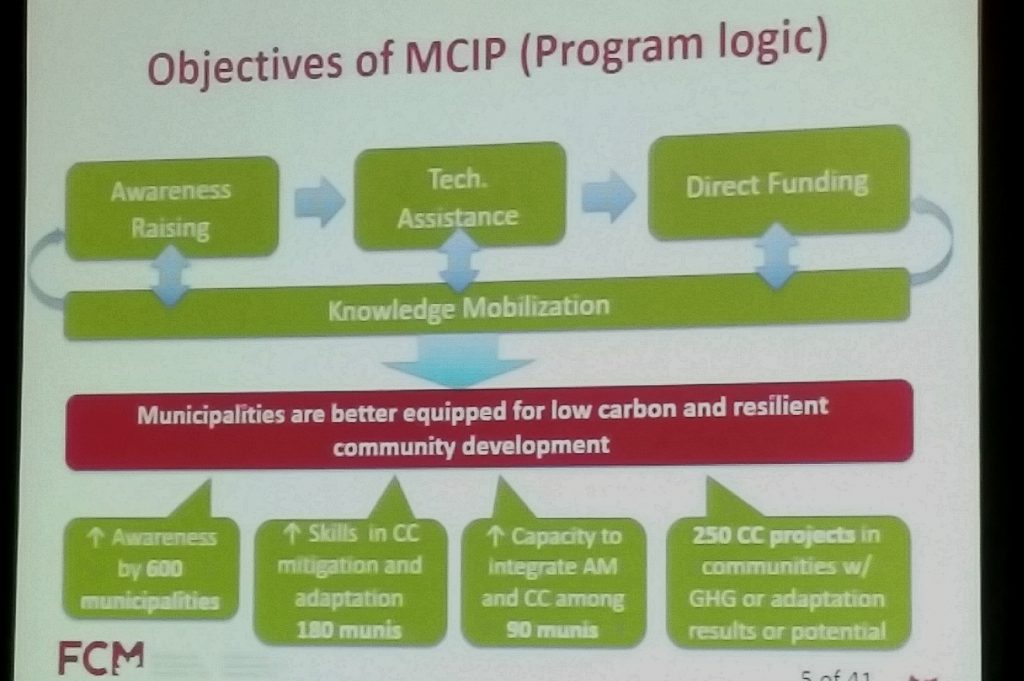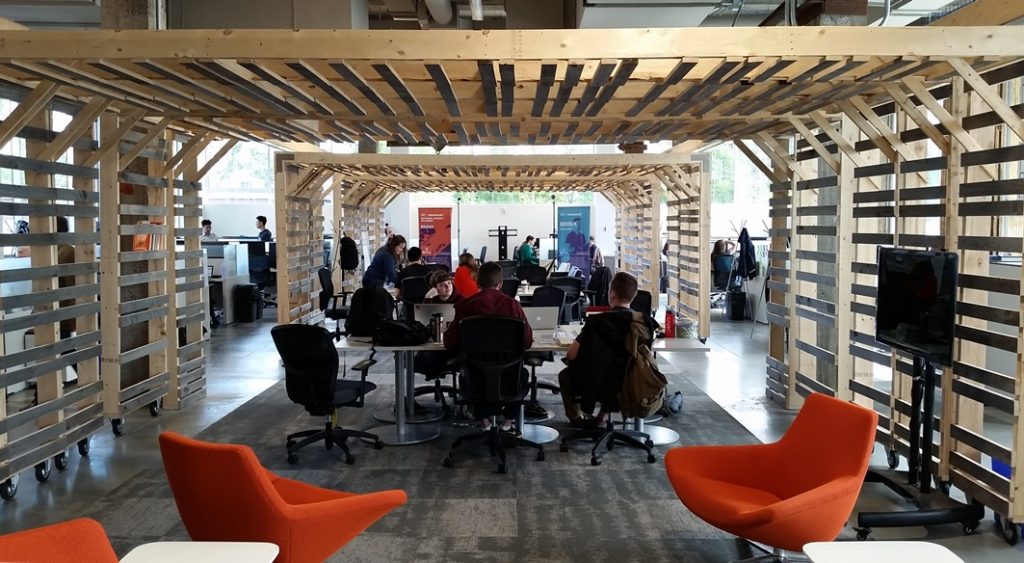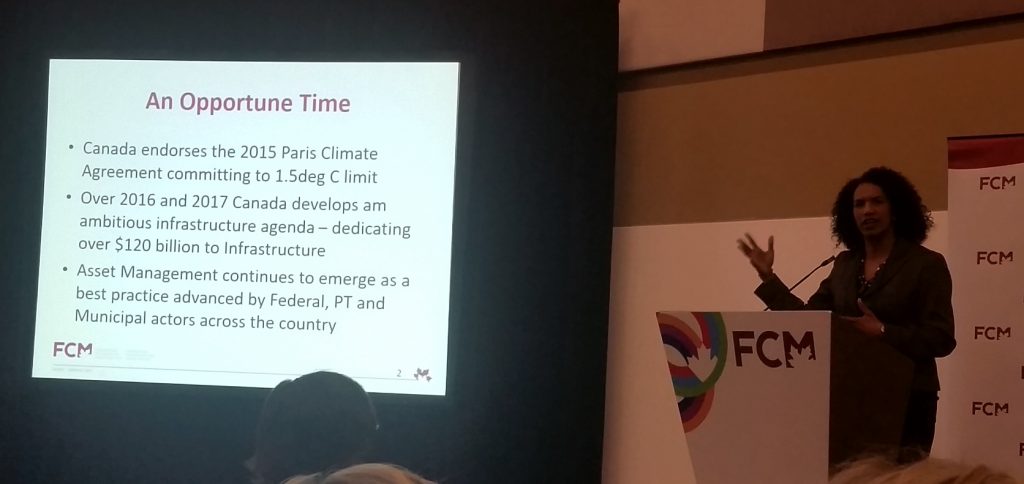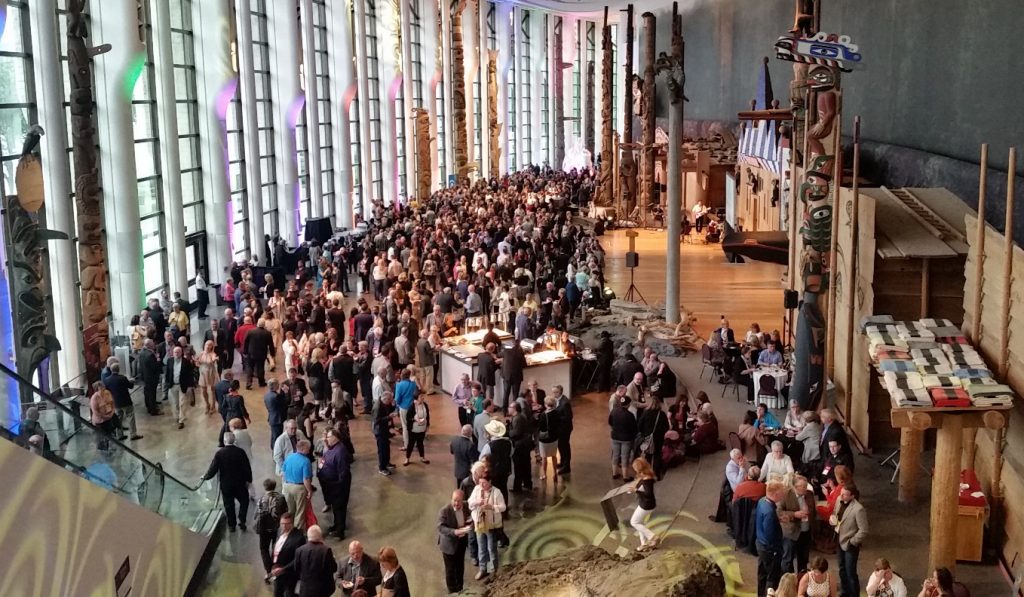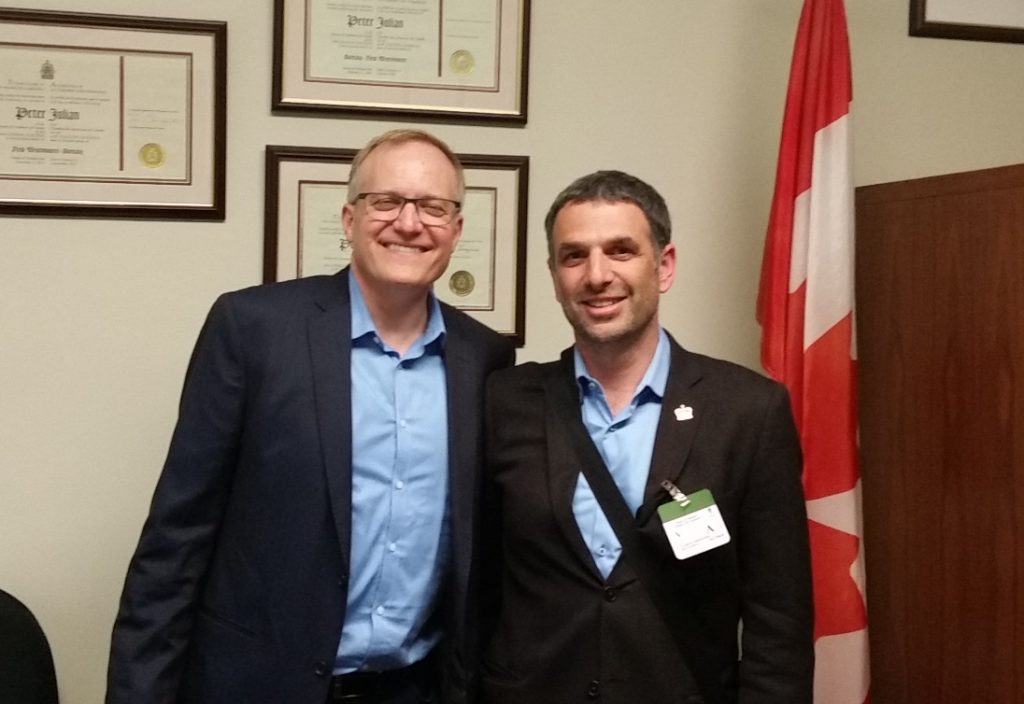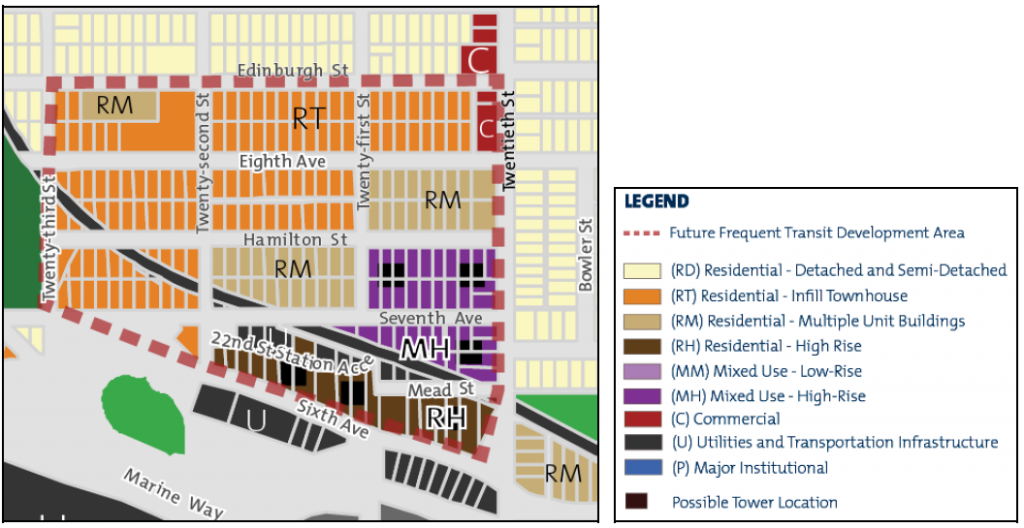The long days of summer mean long council meetings. On June 26, we had a lengthy open workshop during the day on Water Conservation measures, which I will blog about at some other time (add it to the now quite lengthy queue), and the evening meeting began with a presentation of our Annual Report, where you can see what the City has been up to, financial statements and all.
There were several issues in our regular end-of-month Public Hearing:
Sign Bylaw No. 7867, 2017
Staff have been working on an updated Sign Bylaw for some time, and it has finally gone through stakeholder consultations with everyone from the ACTBiPed (to discuss how signs impact the pedestrian realm) to the various BIAs and Chamber (because we are talking about business regulations here). We received no written submissions on the Sign Bylaw and no-one came to speak on the matter. In the Council meeting following, Council moved to give the Bylaw Third Reading.
Official Community Plan Amendment (630 Ewen Avenue) Bylaw No. 7919, 2017 and
Zoning Amendment (630 Ewen Avenue) Bylaw No. 7920, 2017
This OCP amendment and zoning bylaw will allow the development of a small (5-unit) affordable housing project to be developed on City lands in Queensborough. We received no written submissions on this item, but had two people speak on the issue – a representative from the not-for-profit that will operate the facility and a person with a pretty negative impression of Queensborough.
This project is a small but important step forward for the City. The City is donating land to encourage the development of supportive housing for people at the sharp end of our regional affordable housing crisis. In this case, WINGS will provide family-friendly housing to women with children who have barriers to market housing. The location is on the newly-designed and pedestrian friendly Ewen Avenue, 200m from a park, 400m from schools and the Queensborough Community Centre, in a family friendly neighbourhood.
Council moved to give the OCP amendment and rezoning Third Reading.
The meeting them moved into several Opportunities to be Heard:
Development Variance Permit 00615 for 600 – 720 Quayside Drive
This DVP would permit some changes to the existing zoning approval for the empty parking lot between the Fraser River Discovery Centre and Pier Park, and facilitate the building of two large towers on the waterfront. We received 14 pieces of correspondence on this project (both for and against), and 6 people came to speak to the project, a couple expressing concerns, a couple in favour.
This is a big project, the biggest development project I have had to opine on during my time on Council, and there has already been much social media buzz about it, including some pretty significant factual errors being perpetuated by persons who should know better, so I’m not going to comment on this here, but will write a follow up-up blog post about it.
Council moved to approve the DVP.
Development Variance Permit 00629 for 736 Sixth Avenue (7-Eleven)
The Esso station in Uptown is changing the branding of its convenience store, and although the new 7-11 sign is smaller than the existing signage, the change does not fit the language of our Sign Bylaw, so a variance is required. No-one came to speak on this variance, and Council moved to approve.
Development Variance Permit 00612 for 300 Salter Street (Port Royal)
This variance makes some changes to a development in Port Royal to make some top floor suites larger, and allow for rooftop mezzanines. The variance is to allow the building to be higher than zoned to facilitate those mezzanenes. The variance does not increase density or FSR, but does significantly improve the livability of the suites to be built – family friendly three-bedroom suites, with minimal impact on surrounding properties, and is supported by the Design Panel.
No-one came to speak to the variance, and it was approved by Council.
Development Variance Permit 00627 for 628 Eighteenth Street
This variance is to allow a homeowner in the West End to exceed their allowable “ground cover” by 4% to permit a pool in their backyard. Apparently pools are considered “accessory buildings” in the bylaw. Who knew?
We received a couple of pieces of correspondence form neighbours who were in support of the variance, and the proponent came to speak on it. The variance is minor for the purpose of limiting ground cover, and there is little to no impact on adjacent properties. Council moved to approve the variance.
Temporary Use Permit 00014 for 718 Twelfth Street
The City limits the use of commercial space for religious assembly, for several good urban planning reasons. However, there is a small group on 12th Street who are building their congregation while provide community connection for a growing immigrant population. They do not have a place for prayer, and wish to use their community space for this on a temporary basis (maximum three years) until they can find a properly zoned assembly space.
Aside from one offensive, ignorant, racist and grammatically-challenged (why do those things always go together?) piece of correspondence, we received no public comment on this. Council moved to permit the Temporary Use.
Council had a single Report for Action:
OUR CITY 2041: Official Community Plan Amendment Bylaw No. 7925, 2017 – Bylaw for First and Second Readings
The OCP document is completed. Along with a new Land Use Map, the OCP includes 182 proposed actions to be taken by the City over 61 Policy areas towards 12 goals. There is a lot in here, and it is worth reading. This is culmination of three years of work by staff and the most extensive public engagement exercise ever undertaken by the City.
As this OCP will be going to Public Hearing on September 18th, I will hold any more comments until then. Please enjoy your summer reading assignment, and I will see you in September!
The following item was Moved on Consent.
Request for Local Area Service to Underground Existing Overhead Utilities on the East Side of 200 Block of Howes Street
A Local Area Service is usually when a group in the community come forward to ask for special works to be done to improve their neighbourhood that is not in the City’s Capital Plan. Depending on the works and by City policy, the City will either share the cost of the works with the proponents, or will bill the proponents for all of the cost. To activate a Local Service Area, the impacted property owners have to vote to approve the special assessment to cover their part of the costs.
This neighbourhood in Queensborough is asking to have their electrical service put underground, which also requires the other users of the poles (Shaw and Telus) to re-locate their service. This is the start of the process to determine if the residents are in favour of the costs.
The following items were Removed from Consent for discussion:
Proposed Truth and Reconciliation Actions Work Plan Strategy
Back in April, this Council agreed to make a “concrete and actionable commitment to the Truth and Reconciliation Commission calls to action”, and staff has responded swiftly with a framework of how the City can respond to the 19 Calls to Action that fall completely or partially within Local Government jurisdiction. This is a significant step, and as a City, New Westminster is entering into new areas here, and are (frankly) lacking in full understanding of what the long-term implications may be. I agree with a somewhat cautious approach because I am concerned we will do more damage than good if we barge ahead without having a well-informed conversation about what we are doing. Staff is putting together a working group of management to go through the recommendations, and determine what the best path forward is from an operational perspective.
Council moved to endorse the strategy, with the addition that the working group engage, as a consultant, someone with experience in reconciliation from the indigenous viewpoint to sit in on these meetings so they are there to provide context where they feel it may be needed.
Access to City Grants for Miscellaneous Residents’ Association Expenses
I am a believer that RAs serve an important role in our community, both in facilitating conversation between residents and City Hall, and in bringing neighbourhoods together. Some do have a difficult time finding space to meet (a problem that will be exacerbated by the Library upgrades that will close the meeting spaces there for several months) and volunteers are sometimes expected to cover the modest costs of making RAs operate.
I am not opposed to providing modest funding to RAs to allow them to run a web page, print posters to promote their events, etc. however, I am concerned that not all RAs have the proper procedures in place to manage public money, and though the amounts are small, there is a diligence requirement for the City when handling public funds.
Council did not approve special granting for RAs, but expressed general support for the idea. Instead, we asked that the RA Committee work with staff on some criteria and guidelines for the finding and bring a better developed plan together for how these funds would be allocated and used.
Renovictions Update: Union of BC Municipalities Resolution Related to Proposed Amendments to the Residential Tenancy Act
A renoviction storm is brewing in New Westminster. For people in a couple of older (and more affordable) rental buildings, the summer will be spent trying to find new places to live in an increasingly tight rental market (vacancy is well below 1% in NewWest), and will likely find the cost of any new place they find is much higher than they are paying now. This situation is made much more difficult for people living in poverty (moving costs a lot of money!), people with families (family-friendly apartments are hard to find), those with pets, or those with disabilities (vacancy for accessible suites is almost nil).
The laws of the land limit what Cities can do to prevent renoviction. Demovictions are somewhat easier to manage as the City has zoning power to delay or prevent approvals for replacement buildings that are larger than current ones, and can therefore leverage this to get a tenant relocation plan from a developer. Unfortunately, we don’t have that power when zoning is not invoked (like extensive renovations), and cannot unfairly withhold building permits for renovation of buildings.
The City has three-prong attack on this issue right now. We are empowering our staff to take careful review of the building permit applications they receive to determine if eviction is required (or if this is just a cosmetic upgrade designed to drive up rent more than the Residential Tenancy Act allows). We can use our staff resources to reach out to buildings where evictions will be occurring to make sure tenants are aware of their rights, their access to the Residential Tenancy Board to adjudicate their concerns, and supportive services in the community they may need to re-locate (such as the newly-established Rent Bank). We can also lobby the Provincial government to change the residential tenancy act to provide more protection for renters facing renoviction, and to provide compensation to renters to help offset the costs and inconvenience of eviction.
The City is doing all three.
Ultimately, the solution will be found in building more rental stock to improve availability and (hopefully) put some downward pressure on rent costs, in providing greater housing diversity, and in working with the province to build supportive and non-market housing alternatives for those simply priced out of our stupid housing market. The City is also doing these.
Finally, we arrived at our Bylaws section of the evening.
Official Community Plan Bylaw No. 7925, 2017
As discussed above, the City’s OCP Bylaw was given two readings. A Public Hearing on the OCP will be held on September 18, 2017. Enjoy your summer reading assignment!
Cultural Services Fees and Charges Amendment Bylaw No. 7931, 2017
As discussed at the May 15th meeting , this Bylaw that adjusts the fee for using the City’s dance spaces was given three readings.
Advisory Planning Commission Amendment Bylaw No. 7934, 2017
As discussed at the June 12th meeting, this change to the meeting procedures for the APC was adopted. Please adjust your behavior accordingly.
Civic Facilities, Road Maintenance and Park Development Temporary Borrowing Bylaw No. 7932, 2017
As discussed at the June 12th meeting, this Bylaw that extends some borrowing terms in the existing Borrowing Bylaw adopted. It’s now the Law of the Land.
Next meeting in on July 10th. Enjoy the sunny weather and Canada Day, everyone.
